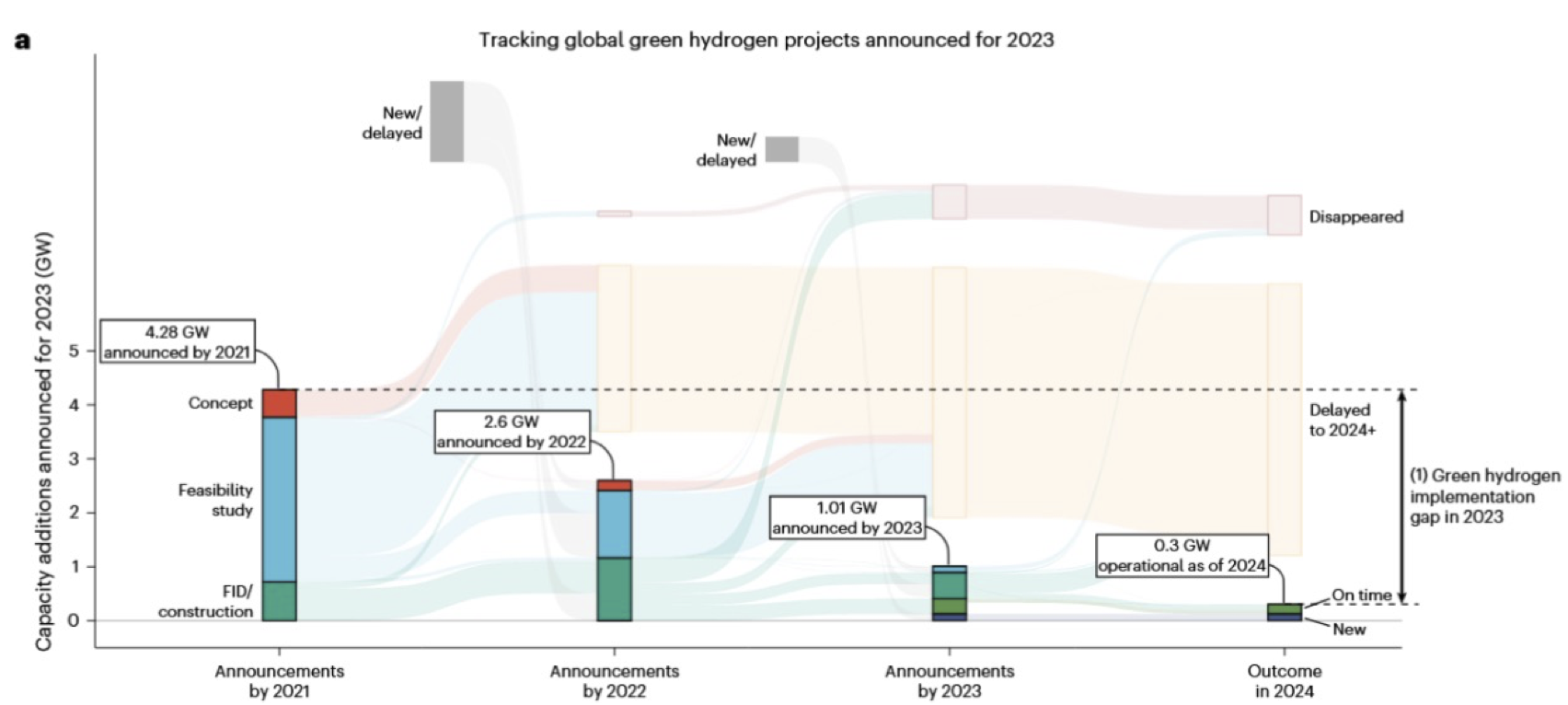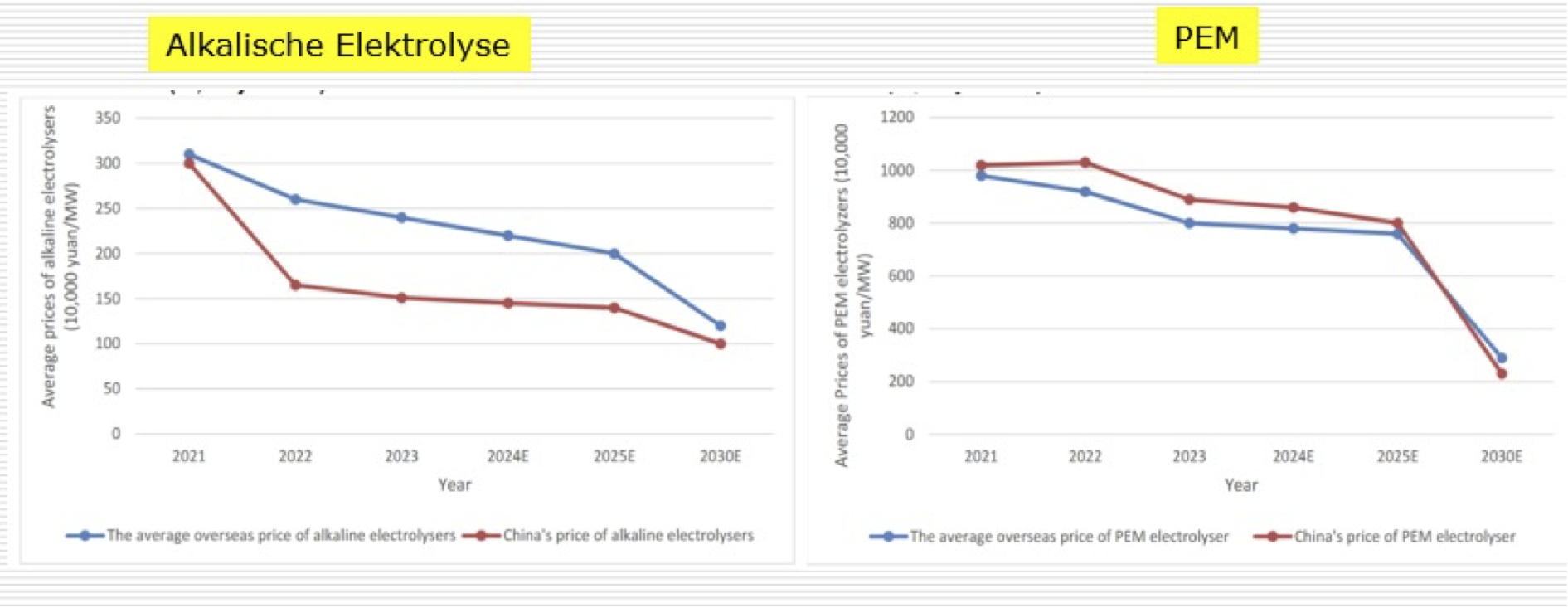The well-attended special webinar "Is the hydrogen hype over or is more realism required?" clearly highlighted the hurdles for the hydrogen ramp-up and thus indirectly "drew" the implications for the natural gas market.
The presentations and discussions on the different tasks and perspectives of the market participants clearly showed that:
Technical challenges remain - There is currently no reliable availability of hydrogen-fuelled gas turbines (100% H₂) or mature turbocompressors suitable for H₂. Not to mention a corresponding Commercial Readiness Level (CRL).
Lack of economic competitiveness - Despite existing and partially used funding instruments, hydrogen is still far from competitive with grey hydrogen and natural gas.
International projects have a limited focus - The focus is currently on adapting existing pipelines. Hydrogen production itself - including the provision of renewable energy (RES) for electrolysis - has not yet been integrated into the project scopes.
Large-volume H₂ storage facilities are only now coming into focus - The integration of rededicated natural gas storage facilities or newly built H₂ storage facilities into the ramp-up of the hydrogen economy has only recently been analysed and discussed.
The hydrogen targets set will be missed by far - Both the planned electrolysis capacity and the provision of the necessary infrastructure fall far short of expectations at European and global level.
Natural gas will be needed for longer than planned - In sectors that are actually to be decarbonised by hydrogen, as well as in power plant operation, natural gas is likely to be used for longer than originally planned.
Significant gap between ambition and realisation
The following graphic, taken from the study by Odenweller A., Ueckerdt F. "The Green Hydrogen Ambition and Implementation Gap", Nature Energy, Nov. 2024, illustrates the extent of the discrepancy:
Of the 4.28 GW of electrolysis capacity announced in 2021 for 2024, only 0.3 GW had actually been realised by 2024 - this corresponds to only around 7%. The forecasts for 2030 are also anything but promising. On the contrary: the number of announced projects is falling, not to mention their realisation.
To achieve the 1.5°C target, there is currently a shortfall of
- 350 GW to the median value,
- 422 GW in an alternative scenario path.
These figures emphasise the need for decisive action to accelerate the ramp-up of the hydrogen economy and avoid missing the climate targets that have been set.

The learning curve for electrolyser manufacturing costs for both alkaline and Proton Exchange Membrane (PEM) electrolysers has been very slow so far - as shown in the graph below, taken from the study "Hydrogen in China: Why China's success in solar PV might not translate to electrolyzers" prepared by Xiaohan Gong as part of the OIES programme.

With regard to the development of 100% H2-fuelled gas turbines and turbo compressors, the planned milestones have not been reached either.
To summarise very briefly, it can be said that the H2 ramp-up is progressing much more slowly than planned. Conversely, it can be deduced that natural gas consumption will not be replaced by H2 so quickly and will therefore not be reduced rapidly - in addition to the reduction brought about by the increased use of renewables for power generation.
